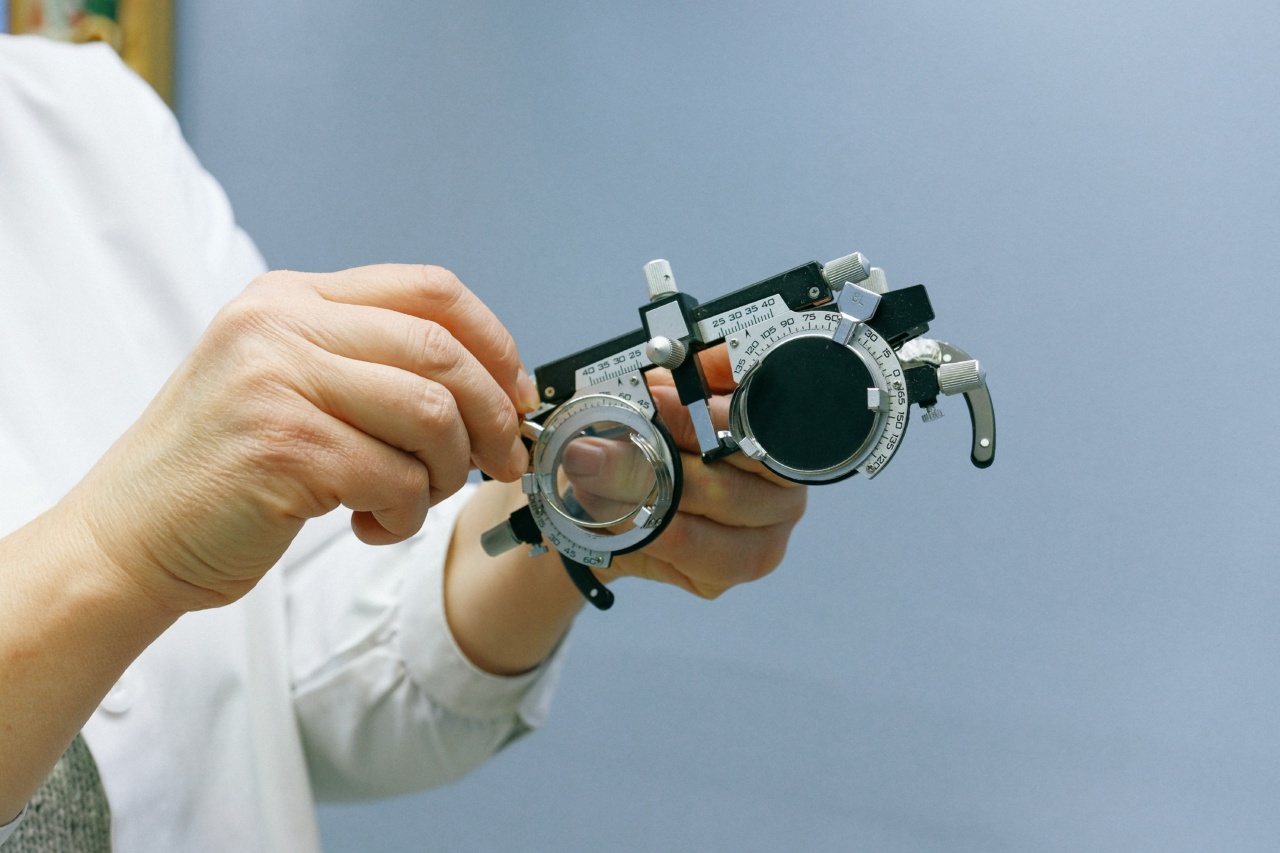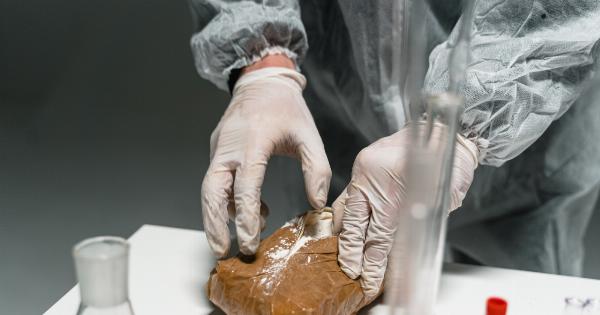Sexually transmitted diseases (STDs) are common and can affect anyone who is sexually active, regardless of age, gender, sexual orientation, or socioeconomic status.
STDs are infections that are spread from one person to another during sexual activity, and they can have serious health consequences if left untreated. In this article, we’ll explore some of the most common STDs, their symptoms, and how to get tested.
What Are STDs?
STDs are infections that are transmitted through sexual contact. They may be caused by bacteria, viruses, or parasites, and can affect both men and women.
Some STDs can be cured with antibiotics, while others are incurable but can be managed with medication and lifestyle changes.
STDs can be spread through vaginal, anal, or oral sex, as well as through other forms of sexual contact, such as genital touching.
They can also be spread through the sharing of needles or other injection equipment, or from mother to child during pregnancy or childbirth.
Common STDs
There are many different STDs, each with its own symptoms and treatment options. Here are some of the most common:.
Chlamydia
Chlamydia is a bacterial infection that can cause pain or discharge in the genitals, rectum, or throat. It can be cured with antibiotics, but can also cause long-term health problems if left untreated, such as infertility.
Gonorrhea
Gonorrhea is a bacterial infection that can cause similar symptoms to chlamydia, as well as fever and joint pain.
It can also be cured with antibiotics, but can lead to serious health problems if left untreated, such as pelvic inflammatory disease (PID).
Herpes
Herpes is a viral infection that can cause painful blisters or sores on the genitals or mouth. There is no cure for herpes, but medication can help manage symptoms and reduce the risk of transmission.
HPV
HPV (human papillomavirus) is a viral infection that can cause genital warts or cervical cancer. There is no cure for HPV, but vaccines are available that can prevent certain strains of the virus that are associated with cancer.
HIV
HIV is a viral infection that attacks the immune system, leading to AIDS if left untreated. It can be transmitted through sexual contact or sharing of needles, but can be prevented with medication and lifestyle changes.
Syphilis
Syphilis is a bacterial infection that can cause a range of symptoms, including a rash, fever, and fatigue.
It can be cured with antibiotics, but can cause serious health problems if left untreated, including damage to the brain, heart, and other organs.
STD Testing
STD testing is a simple and confidential process to determine whether you have an STD. There are many different types of tests available, depending on the STD in question.
Some tests involve taking a blood sample, while others involve swabbing the affected area or providing a urine sample.
If you are sexually active, it’s important to get tested regularly to ensure that you are not spreading an infection unknowingly. Most STDs are asymptomatic in the early stages, meaning that you may have an infection without any symptoms.
How to Get Tested
STD testing is available through many healthcare providers, including your primary care physician, gynecologist, or local health clinic. You can also find testing resources through national organizations such as Planned Parenthood.
When you go in for testing, your healthcare provider will likely ask about your sexual history and any symptoms you may be experiencing. They may also ask for a urine sample or take a swab of the affected area.
Results are usually available within a few days, and your healthcare provider will contact you to discuss any positive results and next steps.
Conclusion
If you are sexually active, it’s important to get tested regularly for STDs to ensure that you are not spreading an infection unknowingly. Many STDs are asymptomatic in the early stages, meaning that you may have an infection without any symptoms.
Testing is a simple and confidential process that can help prevent the spread of STDs and protect your long-term health.






























